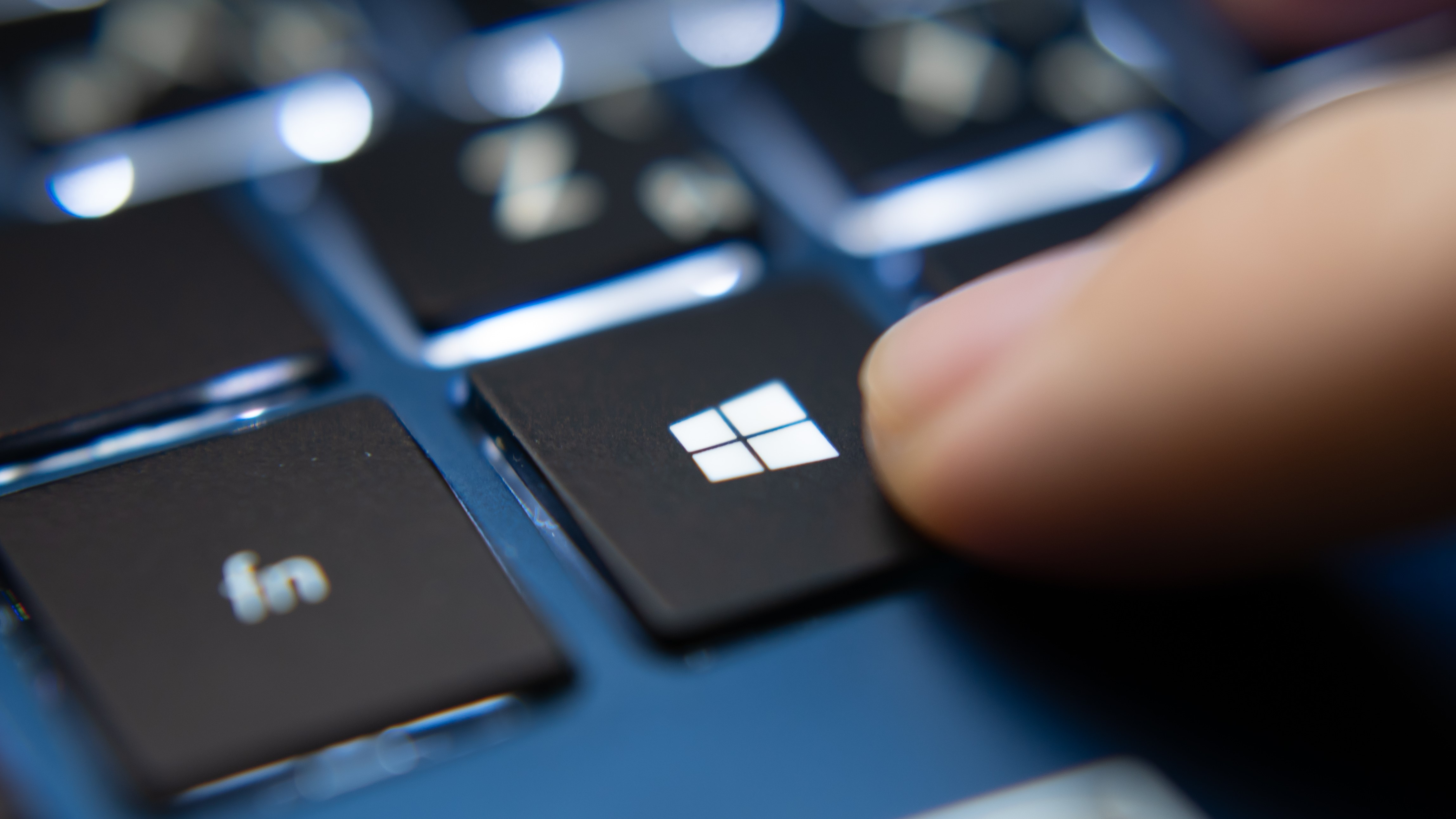Microsoft is still struggling to get people to update Windows 10
Sticking with older versions

According to new data from AdDuplex, 29.9% of all Windows 10 PCs are running Windows 10 20H2 (also known as Windows 10 October 2020 Update) – the latest version, which is a rise from the 20% figure of last month.
While that’s a decent bump in users, the majority of Windows 10 users are still on Windows 10 2004 (also known as the Windows 10 May 2020 Update), with 42.1% of PCs running it.
- We show you how to upgrade to Windows 10 for free
- Want to speed up Windows 10?
- How to perform a password reset in Windows 10
Meanwhile, 27.5% of Windows 10 PCs are running even older versions. The good news is that those numbers are dwindling – Windows 10 1909 (the November 2019 Update) dropped from 26.8% to 18.4% in a month.
Slow going
Still, while this shift to newer versions of Windows 10 is welcome, there’s still a concern that people are a bit too hesitant to move to the latest version.
There are lots of reasons why Microsoft would want people on the latest version. For a start, it means users get the most recent features and bug fixes. Most importantly of all, security updates are also included in the latest version which protect users from new viruses and threats. By using an older version, users may not be protected.
Moving people from older versions also means Microsoft doesn’t have to spend so many resources keeping those older versions updated with patches, and can concentrate on current and future versions. Eventually, older Windows 10 versions will reach their ‘end of life’, where Microsoft no longer releases critical patches for these versions. When that happens, it’s critical that users update Windows 10 to a newer version.
So, why is Microsoft still struggling to get people to update Windows 10? For many people, it may just be that the version they are on works fine for them, so why update? Any messages prompting them to upgrade are then likely to be ignored or dismissed.
Sign up for breaking news, reviews, opinion, top tech deals, and more.
In this case, Microsoft’s challenge is to better explain the benefits of updating Windows 10. Don’t just scare people into upgrading due to security issues; show them the new features and how they could benefit.
A more difficult obstacle for Microsoft to navigate is the fact that for the past year or so it has had some pretty high profile issues when it comes to Windows 10 updates, with many actually introducing more problems than they fixed. Many people may have seen news about these issues, and decided against updating - and to be fair, we don't really blame them.
To address this, Microsoft needs to ensure that future Windows 10 updates are as bug-free as possible. It's certainly seems like it's heading in the right direction, with recent updates being relatively light on problems - though some still persist.
Microsoft could also be a bit more aggressive when it comes to forcing updates on users, but that rarely goes down well - especially if someone with a working PC has an updated forced on them which then introduces issues.
It's a tricky position Microsoft finds itself in, then. Hopefully the new Windows 10 updates coming
later this year, which introduce more features and an updated user interface, will persuade more people to update.
- These are the best laptops of 2021
Via Thurrot.com